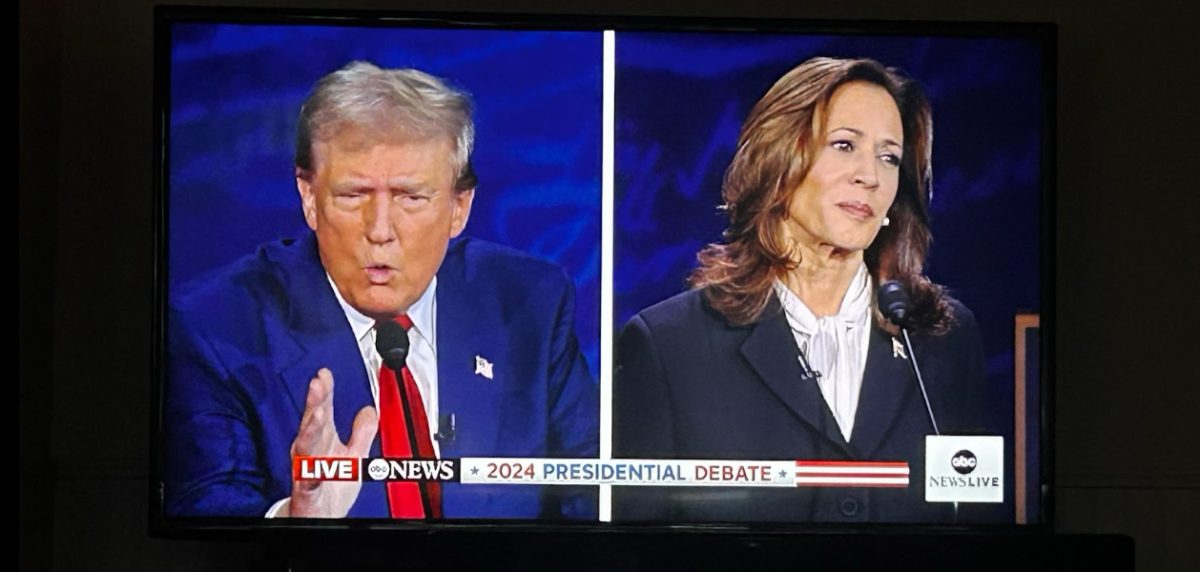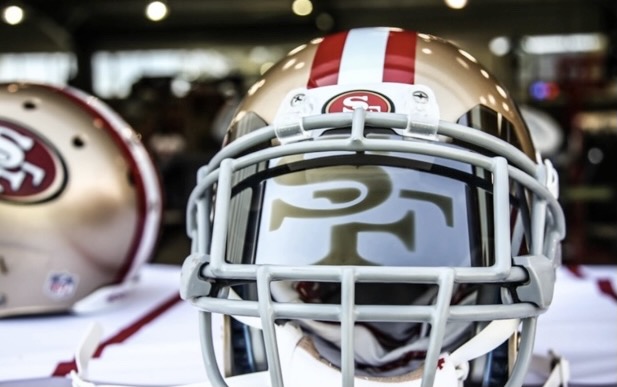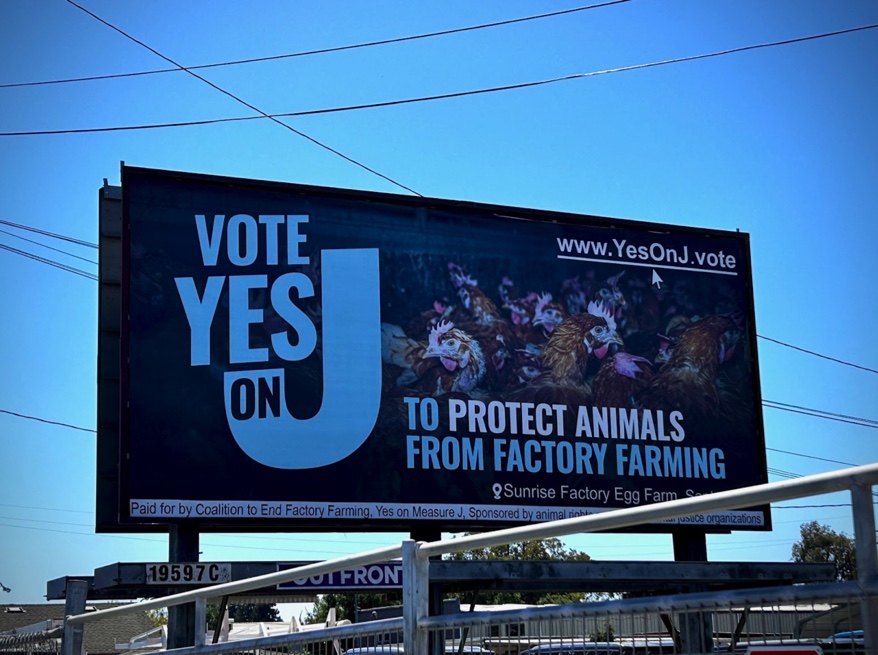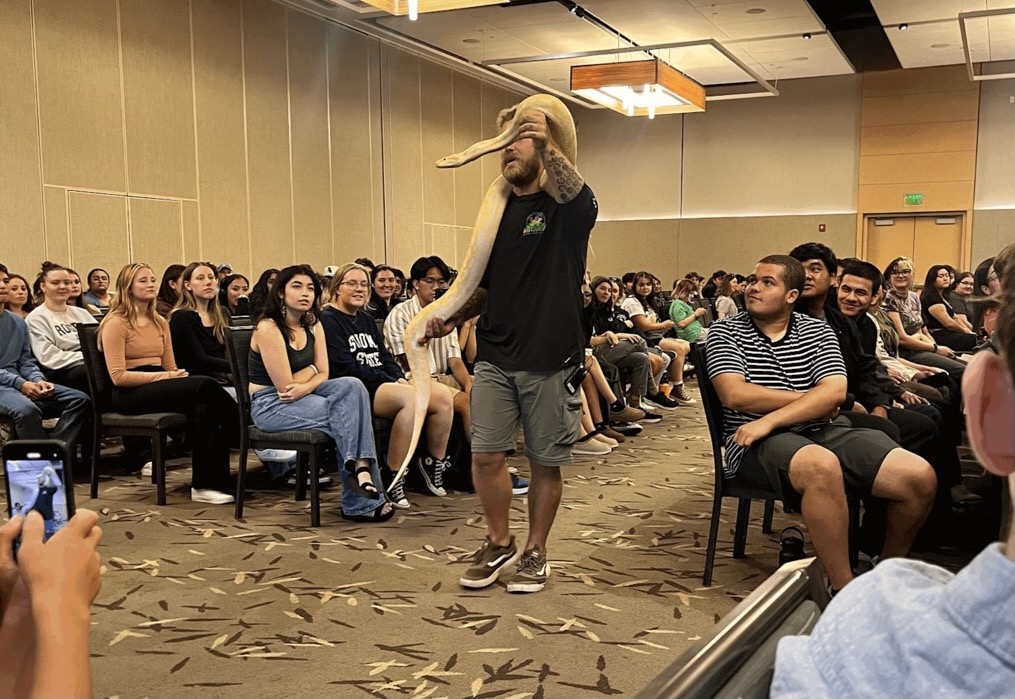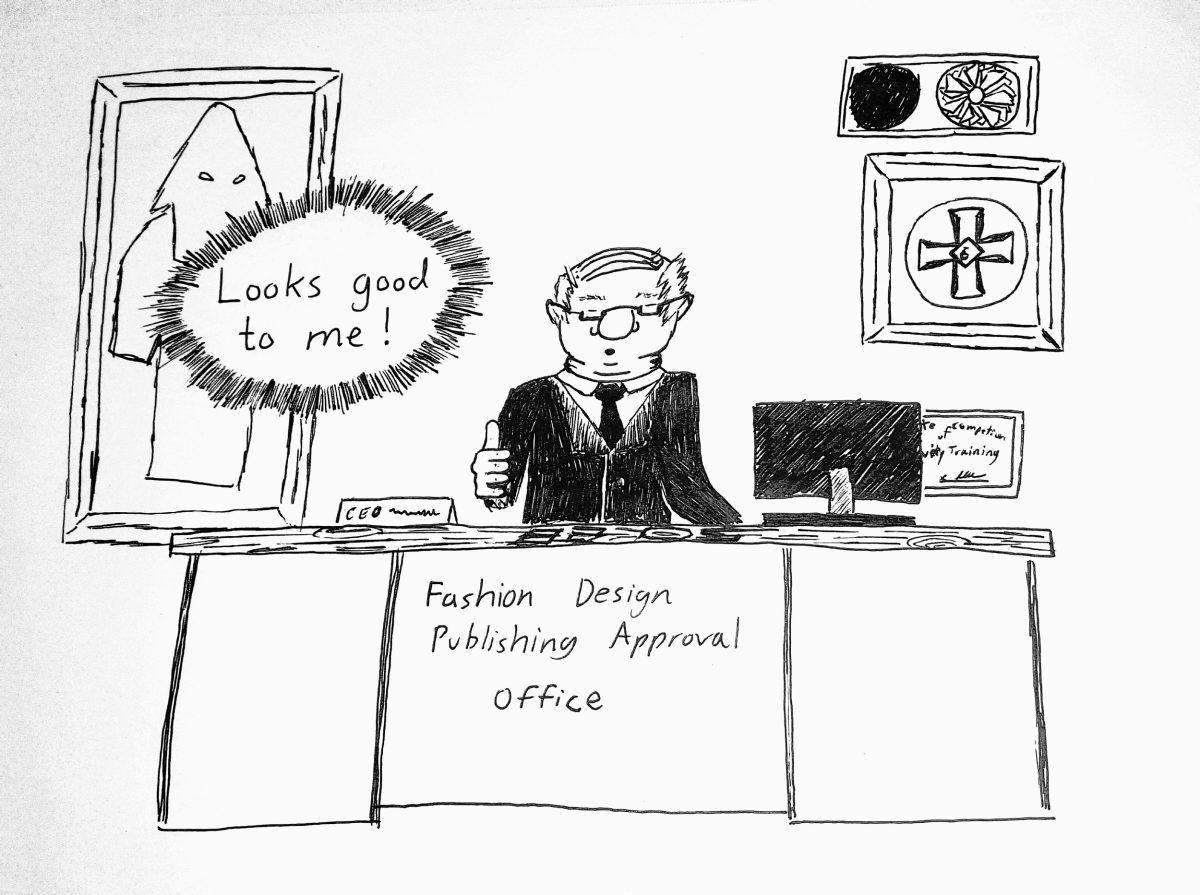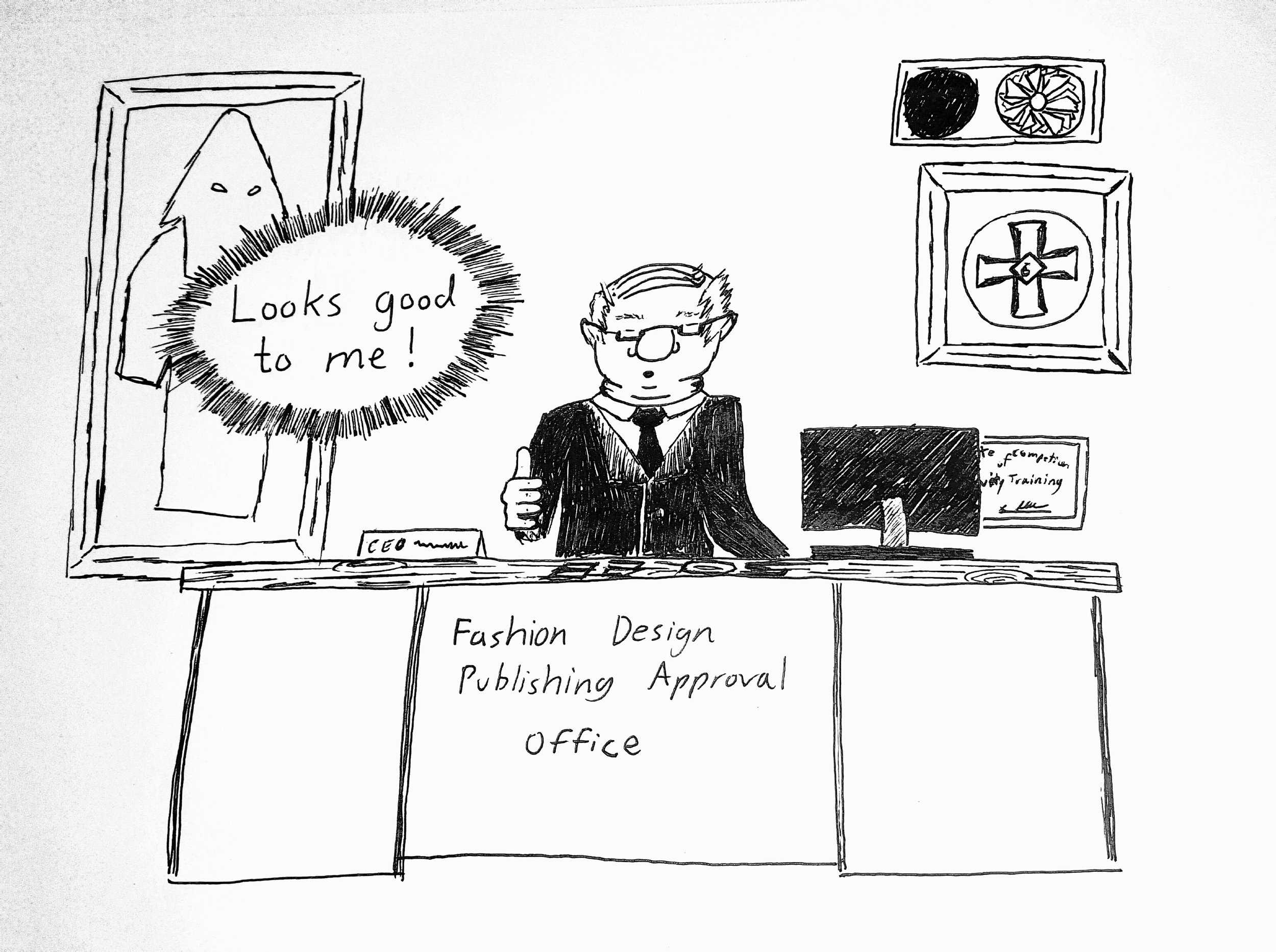In a period of three months, Prada has apologized for a series of black monkey-like accessories with large red lips from their Pradamalia line due to their resemblance to blackface, Gucci discontinued a black turtleneck sweater that displayed large red lips when the neck was pulled up to the face, singer Katy Perry was slammed for her fashion line’s pair of shoes displaying large eyes and large red lips on a black background and Burberry has removed a sweater which replaced drawstrings with a rope tied similar to that of a noose used by lynch mobs.
Chief Executive of the King Center and Reverend Martin Luther King Jr.’s daughter, Bernice King, in a tweet crafted in response to Burberry’s noose sweater, stated, “How can people guard their hearts and minds from normalizing and trivialising symbols and images that historically represent racism, bigotry and oppression?”
In some cases, the shocking insensitivity has been apologized for due to a lack of diversity within the fashion world, while others claim that time pressures are at fault. According to Global News, the fashion industry is facing pressure to “push products from the design board to the stores and online in weeks rather than months.” These fashion houses would have benefited greatly from a little more time in the design stage and more diversity and sensitivity in the company.
In response, the fashion houses are making some changes to their staff. Gucci is planning to hire a global director for diversity and inclusion, Prada is creating a diversity council where Theaster Gates and Ava DuVernay will chair and H&M, who faced backlash for their “Coolest Monkey in the Jungle” sweater last year, is putting together a diversity and inclusion team headed by lawyer Annie Wu.
Some companies claim their designs had no intention of harming people. In Perry’s case, she said her shoes were meant to be a “nod to ‘modern art and surrealism.’” One person’s supposed homage to surrealism is another person’s reminder of an insensitive and dehumanizing past.
The trend in black face reminiscent designs can’t be ignored and washed over. Black face, the minstrel show practice of white performers painting their skin black and drawing on large red lips for sketches which reinforce racial stereotypes for comedic effect, is still painfully alive.
The fashion industry forecasts fashion trends based of off runway designs and social media influencers. Fashion has always had a turbulent relationship with race, often playing off of racial stereotypes in photoshoots, lightening skin tones through photoshop and cultural appropriation. The Kardashians, some of the most important social media influencers in the modern fashion market, have been criticized for profiting off of work of designers of color without giving them credit, according to Marie Claire, citing Kylie Hair Couture, Kylie Jenner’s camouflage bikini line and Khloé Kardashian’s Good American brand.
High fashion, such as Burberry, Prada and Gucci, is made up of wealthy industry insiders with little to no diversity. The fashion world might respond to outcries and condemnation, but like most industries, it primarily responds to money. Luxury brands set the standards and trends that trickle down to the brands most people can afford, such as Wal-Mart, H&M, Forever21 and Target’s many clothing brands. However, luxury fashion doesn’t respond to the same incentives as normal companies. They don’t kowtow to demand, don’t respond to general trends and set their own prices, according to The Luxury Strategy, written by former Louis Vuitton marketing strategist Vincent Bastien. Confident their names will remain synonymous with luxury and wealth, it is easy for these brands to remain insular and white.
Only time will tell if Prada, Gucci and H&M’s promises to promote diverse talent and ideas with in the fashion industry will be a fruitful endeavor. They may be covering up a deep wound with a “flesh” covered bandaid. What these scandals have revealed, however, is that diversity is desperately needed not just in the fashion industry, but in every market sector.
Hopefully these events will not discourage young designers, models and entrepreneurs of color, but inspire them. The fashion industry might have stolen, appropriated and callously thrown their identities aside, but the economic success of these powerhouses and their numbers don’t lie: people of color have talent and consumers are all willing to pay for it.














